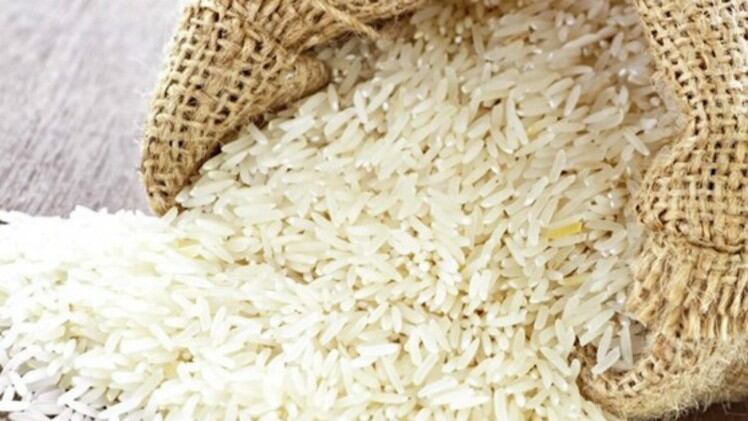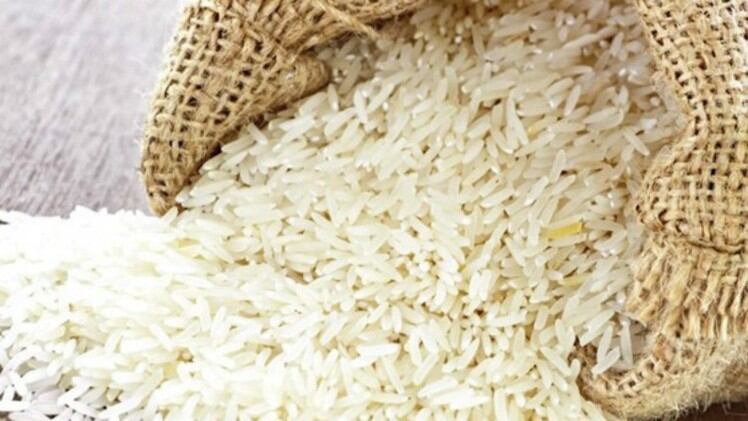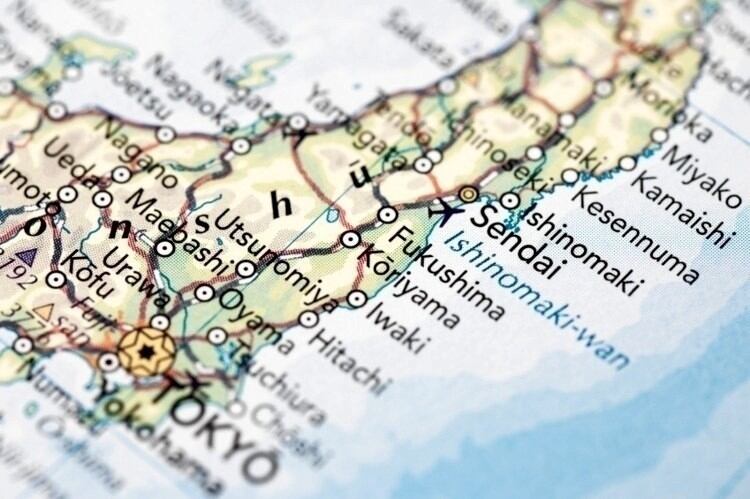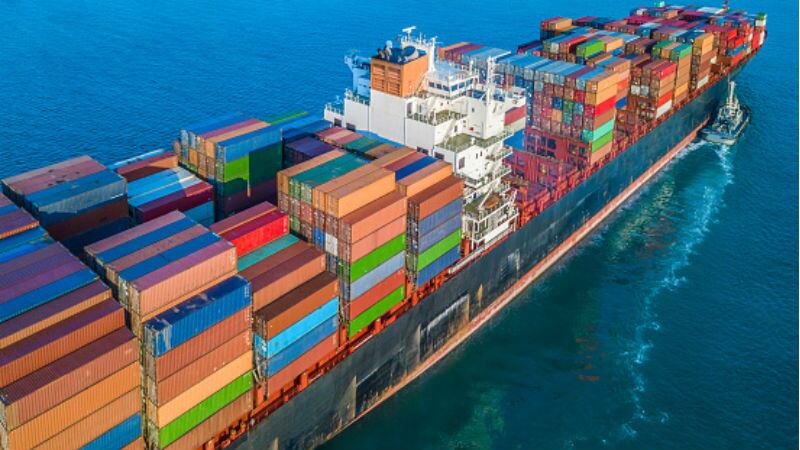In 2019, Thailand was the world’s second-largest exporter of rice and the top in South East Asia. Previously it was beaten globally only by India but this year the country is expected to fall behind Vietnam within the region as well.
According to data from the Thai Foreign Trade Department, rice production in 2020 is expected to fall a whopping 9% to 18.5 million tonnes from around 20.34 million tonnes in 2019, whereas Vietnam is predicted to grow by almost 2% to produce 28.3 million tonnes, from 27.77 million tonnes last year.
In terms of exports, the Thai Rice Exporters Association has set a target of 7.5 million tonnes for 2020, its lowest since 2013.
“Thailand has shipped the same rice varieties for 30 years and lacks rice variety development to deal with changing market demand and consumer behaviour,” the association’s President Charoen Laothamatas told Bangkok Post.
“Because of the labour shortage, farmers opt to use machinery and chemicals that affect Thai rice's aromatic quality and good taste, while other exporters such as Vietnam have developed their own varieties every year to serve consumer demand.
“Vietnam now has seven or eight rice types for export to serve global demand.”
Apart from innovation, a severe drought in the country has also led to serious supply shortages. USDA Global Agricultural Information Network analysis described the drought as the ‘second most severe in a decade’ and estimated total agricultural at approximately THB26bn (US$840mn) with rice taking the bulk of the damage at THB25.2bn (US$801mn).
“Vietnamese and Indian rice prices were also [found to be] US$70 to US$80 cheaper per MT, making Thai rice less competitive in the international market. [This] will likely cause a further reduction in Thai rice exports to 7.5 million metric tons in 2020, down 1% from 2019,” said the USDA report.
The rice of Vietnam
Meanwhile, Vietnam rice prices (for its benchmark 5% broken rice variety) rose to a record high since December 2018 benchmark at US$380 per tonne, and the local industry expects both demand and prices to continue to grow.
“Demand is seen rising this year as Vietnamese rice is more competitive in terms of prices,” Vietnam Food Association Vice Chairman Do Ha Nam told Reuters.
"Vietnam is [also] producing more fragrant rice to tap new markets, such as South Korea and Africa."
Vietnamese rice is priced at roughly THB5,600 per tonne (US$178), as opposed to Thailand’s THB7,500 (US$238.44) to THB7,800 (US$247.98). The association expects that Vietnam will export 6.75 million tonnes of rice in 2020, a 6% rise from 2019.
That said, virus-stricken China is one of the country’s largest importers, and so Vietnam is also looking to widen its scope to other countries worldwide, such as in South America.
Fragrance failure
Thai fragrant rice is renowned worldwide for its aroma, but failure to secure the top spot as the World’s Best Fragrant Rice both in 2018 and 2019 has also placed a damper on its reputation.
The Rice Trader World Conference crowned Vietnam’s ST25 rice variant as champion last year, and Cambodia’s Jasmine in 2018. Thailand’s Hom Mali variant had won the award for two years in a row before that, in 2016 and 2017.
Laothamatas attributed the loss to too little innovation and too much politics.
“[Policies set by politicians competing to win farmer support only through price incentives] have failed to give any incentive for research and development into new varieties,” he told New Straits Times.
“As farmers are satisfied with these price intervention policies, they are no longer interested in improving the quality or yield.
"If nothing is done to improve this problem, Thai Hom Mali rice will soon become a thing of the past.”





